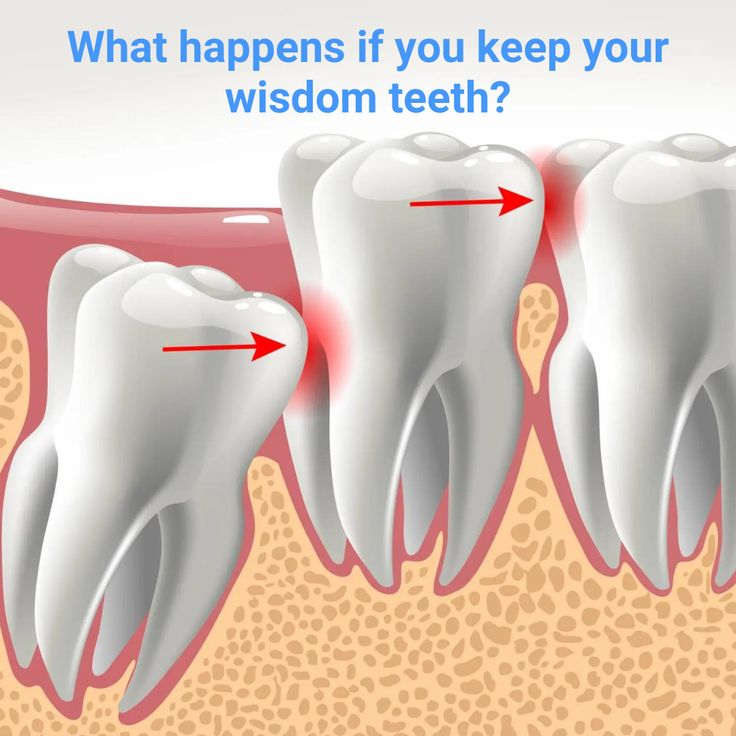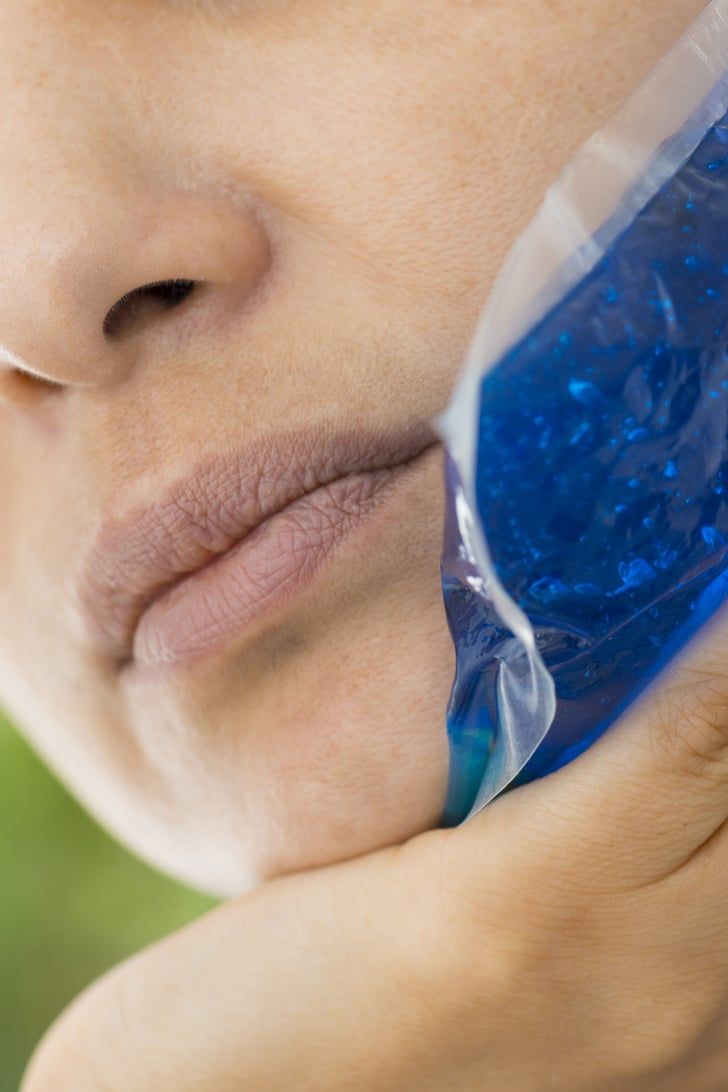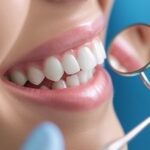Introduction
Removing your wisdom teeth can be a challenging experience, especially when figuring out when and what to eat afterwards. One of the most common questions is: When can I eat after wisdom teeth removal? Knowing the right foods and eating time is crucial for a smooth recovery.
This comprehensive guide will answer all your questions about eating after wisdom teeth extraction. We’ll cover the best foods to eat, what to avoid, and essential recovery tips to help you heal faster and more comfortably. Whether you’re preparing for surgery or recovering, this guide covers you.
Why is Eating Carefully After Wisdom Teeth Removal Important?
After wisdom teeth removal, the body needs time to heal. During the healing process, the surgical site is sensitive, and improper eating habits can lead to complications like dry sockets, infection, or delayed recovery.
Eating the wrong foods too soon can dislodge the blood clot, causing severe pain and slowing the healing process. That’s why it’s crucial to follow the right dietary guidelines and know when it’s safe to return to normal eating habits.
When Can You Eat After Wisdom Teeth Removal?
The timeline for eating after wisdom teeth removal depends on the individual’s healing process and the complexity of the extraction. Here’s a general guide:
First 24 Hours
- Only Soft and Cold Foods: During the first day, stick to cold, soft foods that don’t require chewing. This helps reduce swelling and minimizes the risk of dislodging the blood clot.
- Recommended Foods:
- Ice Cream (without crunchy mix-ins)
- Yoghurt
- Applesauce
- Smoothies (without a straw, as sucking can cause dry sockets)
Day 2-3
- Soft Foods with Slightly Thicker Consistency: After the first day, you can start eating slightly thicker but still soft foods. These are easy to swallow and don’t require much chewing.
- Recommended Foods:
- Mashed Potatoes
- Pudding
- Oatmeal
- Soup (lukewarm, not hot)
Day 4-7
- Soft Solids: If there is no pain or swelling, you can gradually introduce soft foods requiring minimal chewing.
- Recommended Foods:
- Scrambled Eggs
- Pasta
- Soft Bread
- Pancakes
After One Week
- Gradually Returning to Normal Diet: Most people can start eating regular foods after one week, but it’s essential to avoid hard, crunchy, or sticky foods until fully healed.
After Two Weeks
- Resuming Normal Eating Habits: If you experience no pain or discomfort, returning to your normal diet is usually safe. However, proceed with caution when consuming hard or crunchy foods.
Foods to Avoid After Wisdom Teeth Removal
To avoid complications and ensure proper healing, avoid the following foods:
- Crunchy Foods: Chips, nuts, and popcorn can get stuck in the extraction site, causing irritation or infection.
- Sticky Foods: Chewing gum or caramel can get stuck in the surgical area, leading to discomfort.
- Spicy and Acidic Foods: These can irritate the extraction site and delay healing.
- Hot Foods and Drinks: High temperatures can dislodge the blood clot, leading to a dry socket.
- Carbonated and Caffeinated Beverages: These can cause discomfort and prolong healing.
Tips for Eating Comfortably After Wisdom Teeth Extraction
- Chew on the Opposite Side: To protect the surgical area, chew on the side where no teeth were extracted.
- Take Small Bites and Eat Slowly: This reduces the risk of food getting stuck in the extraction site.
- Avoid Using Straws: Sucking can dislodge the blood clot, increasing the risk of dry sockets.
- Stay Hydrated: Drink plenty of water, but avoid carbonated or caffeinated drinks.
- Maintain Good Oral Hygiene: Gently rinse with salt water 24 hours after surgery to keep the area clean.
Signs You Can Resume Normal Eating
Before fully returning to your regular diet, look for these signs:
- No pain or discomfort while chewing.
- No swelling or redness around the extraction site.
- Your dentist has confirmed proper healing.
If you experience discomfort, continue with soft foods and consult your dentist.
How to Speed Up Recovery After Wisdom Teeth Removal
- Rest: Get plenty of sleep to aid the healing process.
- Ice Packs: Apply to the outside of the face to reduce swelling during the first 24-48 hours.
- Hydration: Drink plenty of water to help the body recover.
- Follow Dentist’s Instructions: Take prescribed medications as directed.

Conclusion
Knowing when to eat after wisdom teeth removal is crucial for a smooth recovery. Starting with soft, cold foods and gradually transitioning to more solid options helps prevent complications and promotes faster healing. Follow your dentist’s advice, listen to your body, and you’ll be back to enjoying your favourite foods in no time!
Frequently Asked Questions
1. Can You Eat Pizza After Wisdom Teeth Removal?
Pizza is usually too hard and chewy right after surgery. It’s best to wait at least a week before trying pizza and choose a soft crust.
2. When Can You Eat Rice After Wisdom Teeth Removal?
Rice can get stuck in the extraction site, so waiting 5-7 days is safer before reintroducing it.
3. Can You Drink Coffee After Wisdom Teeth Extraction?
It’s best to avoid hot drinks for at least 48 hours. After that, lukewarm coffee is fine, but avoid using a straw.
4. What Happens If You Eat Solid Food Too Soon?
Eating solid food too soon can dislodge the blood clot, leading to a dry socket. It can also irritate and prolong healing.
Explore more: hadokin










